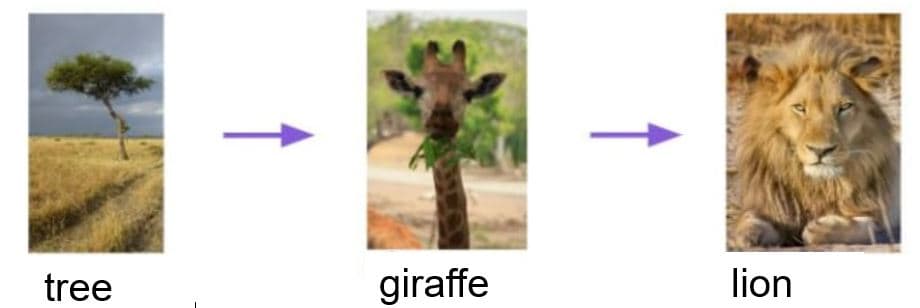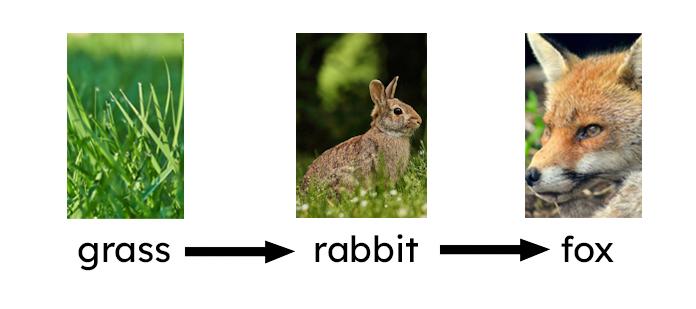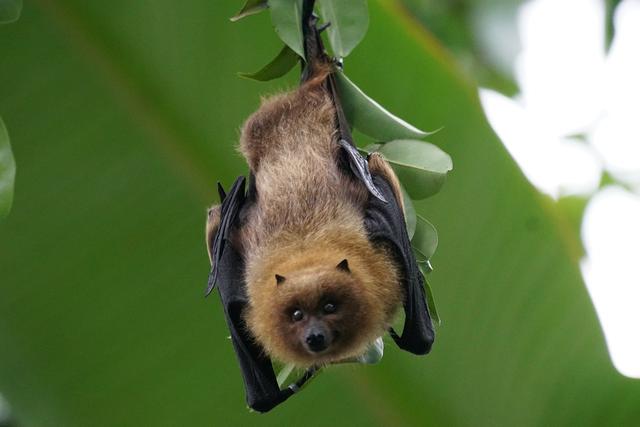Creating food chains
I can carry out research and create food chains.
Creating food chains
I can carry out research and create food chains.
These resources will be removed by end of Summer Term 2025.
Lesson details
Key learning points
- Information about how living things depend on each other for food can be used to create food chains.
- The arrows in a food chain represent 'is food for'.
- Food chains consist of a producer and consumers, including predators and prey.
- Secondary sources of information help us to research what food different animals eat to survive.
Keywords
Food chain - A food chain shows how living things depend on each other for food.
Producer - A producer in a food chain makes its own food.
Predator - A predator is an animal that hunts, kills and eats other animals.
Prey - An animal that is hunted and eaten by another animal is called prey.
Secondary sources - Secondary sources are texts, images or objects created using information gathered by others.
Common misconception
Pupils often think the arrow in a food chain means “eats” or "depends on" and also that arrows should be drawn from predator to prey (rather than prey to predator).
This lesson reinforces the fact the the arrow in a food chain can be interpreted to mean 'is food for'.
To help you plan your year 4 science lesson on: Creating food chains, download all teaching resources for free and adapt to suit your pupils' needs...
To help you plan your year 4 science lesson on: Creating food chains, download all teaching resources for free and adapt to suit your pupils' needs.
The starter quiz will activate and check your pupils' prior knowledge, with versions available both with and without answers in PDF format.
We use learning cycles to break down learning into key concepts or ideas linked to the learning outcome. Each learning cycle features explanations with checks for understanding and practice tasks with feedback. All of this is found in our slide decks, ready for you to download and edit. The practice tasks are also available as printable worksheets and some lessons have additional materials with extra material you might need for teaching the lesson.
The assessment exit quiz will test your pupils' understanding of the key learning points.
Our video is a tool for planning, showing how other teachers might teach the lesson, offering helpful tips, modelled explanations and inspiration for your own delivery in the classroom. Plus, you can set it as homework or revision for pupils and keep their learning on track by sharing an online pupil version of this lesson.
Explore more key stage 2 science lessons from the More about food chains unit, dive into the full secondary science curriculum, or learn more about lesson planning.

Equipment
Pupils will need to use books or the internet to help with their own research for Task B.
Content guidance
- Exploration of objects
- Depiction or discussion of violence or suffering
Supervision
Adult supervision required
Licence
Starter quiz
6 Questions





Exit quiz
6 Questions

An animal that eats other animals or plants.
An animal that hunts, kills and eats other animals.
An animal that is hunted and eaten by another animal.



